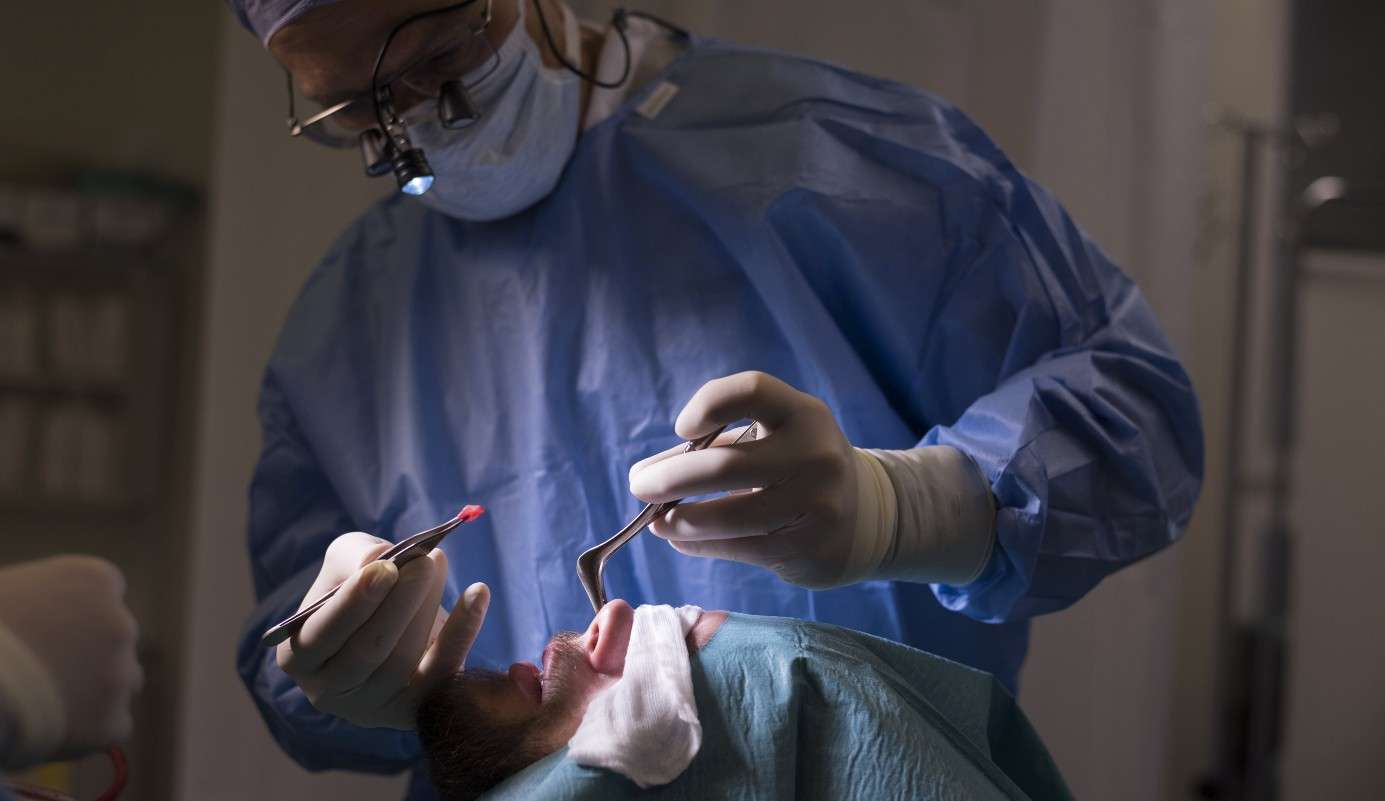Psychedelics Company Gets Green Light for PTSD Therapy Study Using MDMA in Canada
Numinus has received Health Canada approval of a study for MDMA-Assisted Therapy for PTSD: here's how the trails will look.

A cure for osteoarthritis could be no further than the end of your nose-as nasal cells can relieve chronic inflammation in the knee, according to new research.
Doctors say the treatment could revolutionize therapy for a crippling condition that impacts 8.5 million people in the UK alone.
The cells originate from embryonic brain and spinal cord tissue-known as the neuroectoderm. Co-lead author Professor Ivan Martin, of Basel University in Switzerland, described them as "amazing."
He explained, "Unlike the cartilage tissue in the joints, these cartilage cells originate from precursor cells of the neuroectoderm. They therefore have a distinct regenerative and adaptive capacity-or plasticity. Tissue grown from nasal cartilage cells seems also to retain these special properties."
Unlike other tissues cartilage that cushions the surface of joints has little capacity to grow back.
Osteoarthritis, the most common form of arthritis, can lead to damage. Knee replacement surgery is often the only option.
Now clinical studies have shown cartilage cells from the nasal septum, the partition that divides the nostrils, combat the disease.
Orthopaedic and plastic surgeons took a tissue sample from the noses of two patients-and cultivated them in the lab.
They then used them to grow a cartilage layer that was then implanted into the knee joint.
The young volunteers had severe osteoarthritis due to misalignment of the leg bones. They faced having a whole knee prosthesis.
But following implantation of the engineered cartilage both reported a reduction in pain, and increased quality of life.
MRI (magnetic resonance imaging) scans showed the bones in the knee of one of the patients were further apart than previously.
This was an indication of the joint's recovery. The other volunteer could only be interviewed for a subjective assessment owing to the pandemic.
The bones in both volunteers could be surgically corrected-and the most likely cause of their osteoarthritis eliminated, said the researchers.
They are confident patients will be able to manage without knee joint prostheses, at least for some time.
Martin said, "Our results have enabled us to lay the biological foundation for a therapy, and we are cautiously optimistic."
Unlike knee traumas caused by sports injuries and falls, an osteoarthritic knee suffers persistent inflammatory reactions.
Martin said, "First we had to test whether the cartilage replacement was attacked and degenerated by the inflammatory factors."
The international team initially tested human cartilage tissue in the presence of inflammatory factors.
Experiments were carried out in mice and various other models of the disease.
Martin said, "First we had to test whether the cartilage replacement was attacked and degenerated by the inflammatory factors."
The durability of the tissue was also tested under stress and inflammation in sheep.
Cartilage cells were taken from the nose of the animals and transplanted into their osteoarthritic knee joints.
The tissue proved to be extremely robust-and also seemed to counteract the inflammatory reactions.
Further analysis suggested the effect was caused by a chemicals fuelled by osteoarthritis, known as the WNT signaling pathway.
CHECK OUT: Molecule Combo Actually Reverses Arthritis in Human Cartilage and Rats, Says 'Exciting' New Study
The study, published in the journal Science Translational Medicine, found it was dampened by by the presence of the nasal cartilage cells.
In-depth clinical trials using the approach for the treatment of patellofemoral osteoarthritis are now being planned.
It's caused when the articular cartilage wears out and the bone ends rub on one another, causing extreme pain.
The researchers also aim to further develop the method for other types of osteoarthritis to treat a broader spectrum of patients.
They pioneered nose-to-knee cartilage transplants a decade ago in nine patients who had suffered sports injuries, falls or other accidents.
It followed successful experiments in goats. This is the first time it has been used for osteoarthritis.
Globally it affects more than 300 million people. It occurs when the protective cartilage that cushions the ends of the bones wears down over time.
Osteoarthritis can damage any joint but is usually found in the hands, knees, hips and spine.
Osteoarthritis symptoms can usually be managed-although the damage to joints can't be reversed.
Staying active, maintaining a healthy weight and receiving certain treatments might slow progression and improve pain and joint function.
SHARE This Hopeful News With Your Chums…
Be the first to comment